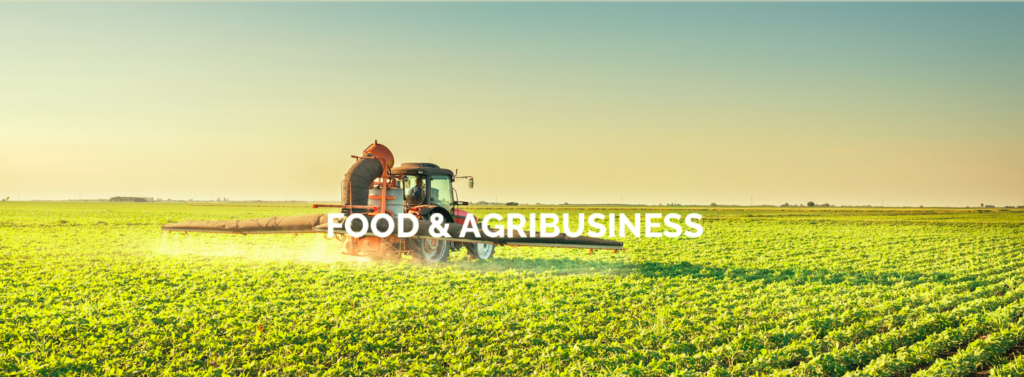In today’s talking points, The Chinese government is offering subsidies to mechanise small household farms, e-commerce helps farmers shake off poverty, China will see an expanding dairy market in the next five years, and Australian Agriculture is seeing an increase in youth and female workers.
Chinese Government is Offering Subsidies to Mechanise Small Household Farms
Chinese farmers will receive subsidies for mechanic equipment as the Chinese Government announced new measures to boost farming mechanisation in the rural sector during a State Council meeting last Wednesday.
The new subsidy rules include granting funds to small household farms to support the use of deeper ploughing machines, and making loaning services more accessible for farmers to purchase machines. The government also committed to support research on farming technology for small-scale and remote mountain farms, hoping to resolve challenges brought about by the rural population’s decline under the growth of industrialisation in China.
Source: Reuter & SCMP
E-commerce Helps Farmers Shake Off Poverty
Internet and social media are not only used for communication, but more as a trading platform. Nowadays, they can even be used as sales platforms for agricultural products. Onion Group is showing the world how they can run their own online businesses . Their goal is to utilize the influence of social media to help poorly networked villagers sell their products. Onion Group directly links to sales channels through social media pages, and connects e-commerce platforms such as Taobao with villagers.
In addition, Onion Group is also teaching villagers how to make interesting content, attract people to the platform, and make agricultural products easier to sell. The company’s next goal is to train an online influencer in each county across the country.
For example, Guizhou has very quality products and the price is competitive. However, due to lack of sales channels, many high-quality agricultural products are not sold in cities, but urban consumers are eager to purchase healthy agricultural products. The online sales platform will provide communication channels which may help the rural areas of China to get rid of poverty and achieve economic growth.
Source: China Daily
China to see expanding dairy market in next five years
China’s dairy market is expected to grow significantly amid Chinese consumers’ rising demand for premium products, China Daily quoted a new report as saying.
According to a report released by Sino-Dutch Dairy Development Centre (SDDDC), sales of cheese will see a compound annual growth rate of over 20% in the next five years, and the popularity of solid milk products such as powder will continue to grow.
The report forecast sales revenue of dairy products will see an annual growth of over 3% over the next five years, while the sales growth of yogurt and organic milk will exceed 10% every year.
The president of Dutch dairy producer Friesland Campina China, Rahul Colaco indicated that there is a big trend in the consumption of cheese in China, driven by the popularity of milk tea with cheese cap and Western-style pizzas and hamburgers. “The elderly population or those who have medical needs and do sports are seeking more specialized products and functional food,” Colaco said.
The expanding dairy market will bring opportunities for domestic dairy enterprises, according to Li Shengli, a professor at China Agricultural University. “Leading Chinese dairy firms Yili Group and Mengniu Dairy Co are expected to increase their sales each by 30 billion yuan (about 4.35 billion dollars) to 50 billion yuan in the next five years, and they are hopeful to join as one of the top five global dairy producers,” Li said.
Sources: Xinhua News
Australian Agriculture is seeing an increase in youth and female workers
A recent insights report has been conducted by the Australian Bureau of Agricultural and Resource Economic Sciences. It made a comparison between agricultural workforce data collected during the years of 2011 and 2016 by the Australian Bureau of Statistics Census of Population and Housing.
The number of people engaged in agricultural jobs were seen to have grown by 4% to 228,372. They also found almost a third of those were women and around a quarter of them were under the age of 35. A clear majority of these workers lived outside of capital cities and 73% worked full-time. Beef, sheep and grain were the predominant agricultural areas that were being worked in.
This report is important as it demonstrates the ongoing evolution of the agricultural sector and the steps that should be taken to ensure the agricultural workforce is skilled and sustainable for future generations.
Source: SheepCentral


